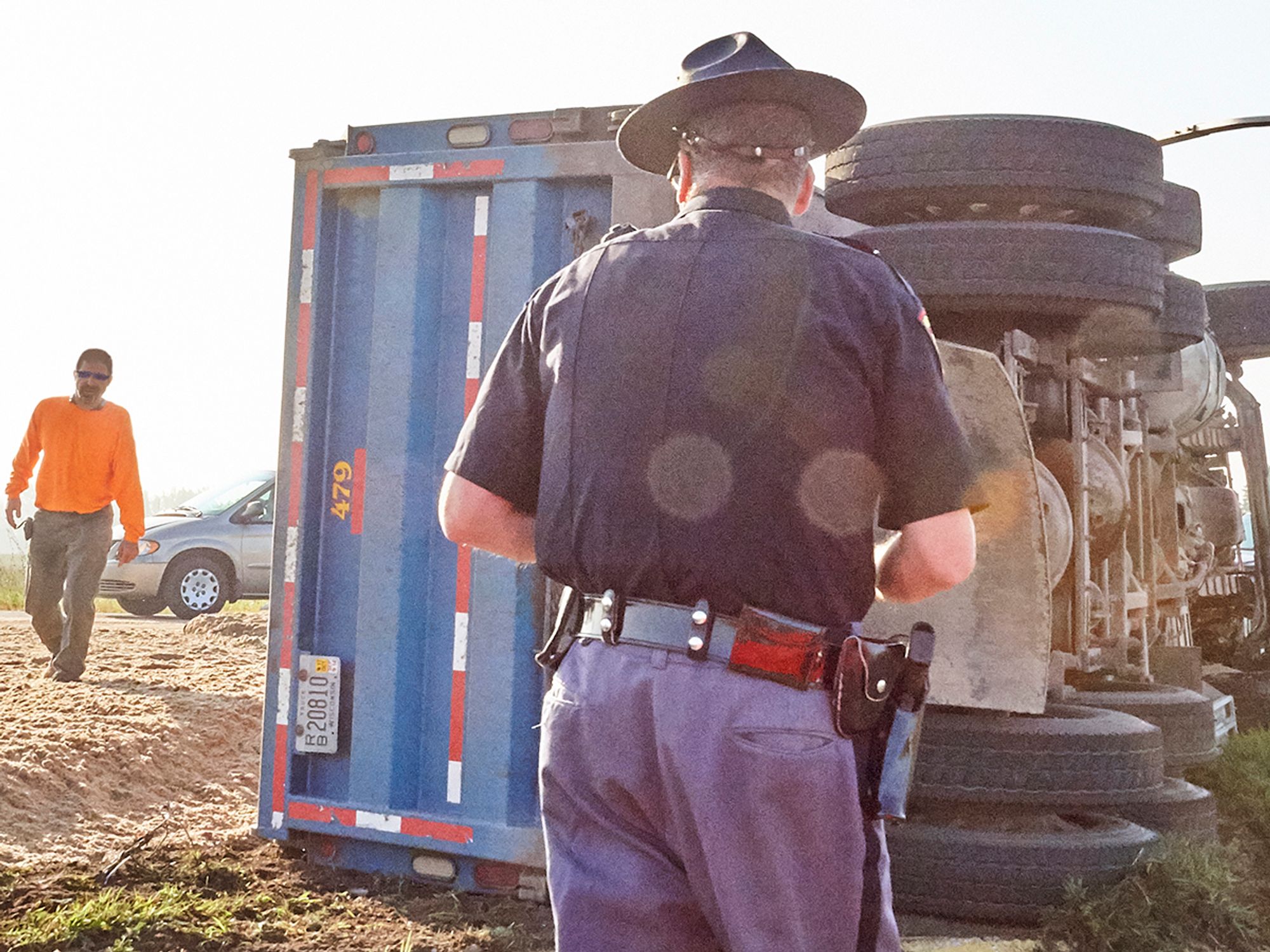Accident data analysis and response

- After accident data has been collected, the next step is to analyze it to determine why the crash occurred.
- The carrier will use this analysis to inform their response and any corrective actions to be implemented at the company.
Once the motor carrier has collected all the facts and opinions about an accident, they must try to make sense of them. Through data collection, the carrier should have already determined who, what, when and where. Now they must study the facts to determine why the accident occurred and then respond appropriately.
In every accident, the motor carrier will need to analyze:
- The people. Was the driver qualified? Did the driver receive appropriate training? Was the driver new to the job or new to the route? Were the hours-of-service regulations being obeyed? Was the driver pressured or fatigued?
- The equipment. Was the equipment properly serviced and maintained? Were procedures to ensure equipment maintenance followed? Were any problems noted in the driver vehicle inspection report?
- The conditions. Conditions rarely are the major cause of an accident, but they may play a role in how the drivers and vehicles responded to the situation. Was it raining, snowing, windy, or icy? Did the weather impair visibility? Were the roads slippery? Was traffic congested?
- The procedures. Were all company policies and procedures being followed? Were there written procedures for the driver, dispatcher, or mechanic that may have alerted them to a hazard that played a role in the accident?
- The freight. What was the cargo? Was it secured properly? Could the freight have shifted and contributed to how the vehicle responded?
By answering these questions, the carrier should be able to get to the root cause of the accident. A team approach to analyzing the accident data may also be helpful. An accident review committee, usually composed of operations, safety, and mechanical personnel, and one or more veteran drivers, can use its combined knowledge and experience to analyze the accident data. In some cases, using the services of an accident reconstructionist may be appropriate.
Response
Once the accident data is analyzed, the company will know how to respond to the issues raised by the accident. Based on the data and analysis, the company can make decisions regarding:
- Insurance settlements;
- If/how to fight litigation;
- Whether to file litigation of its own;
- If/how to discipline the driver;
- What additional training that driver, or the carrier’s drivers in general, may need;
- What policies or procedures may need review or revision; and
- Actions it can take to prevent similar accidents from happening.
